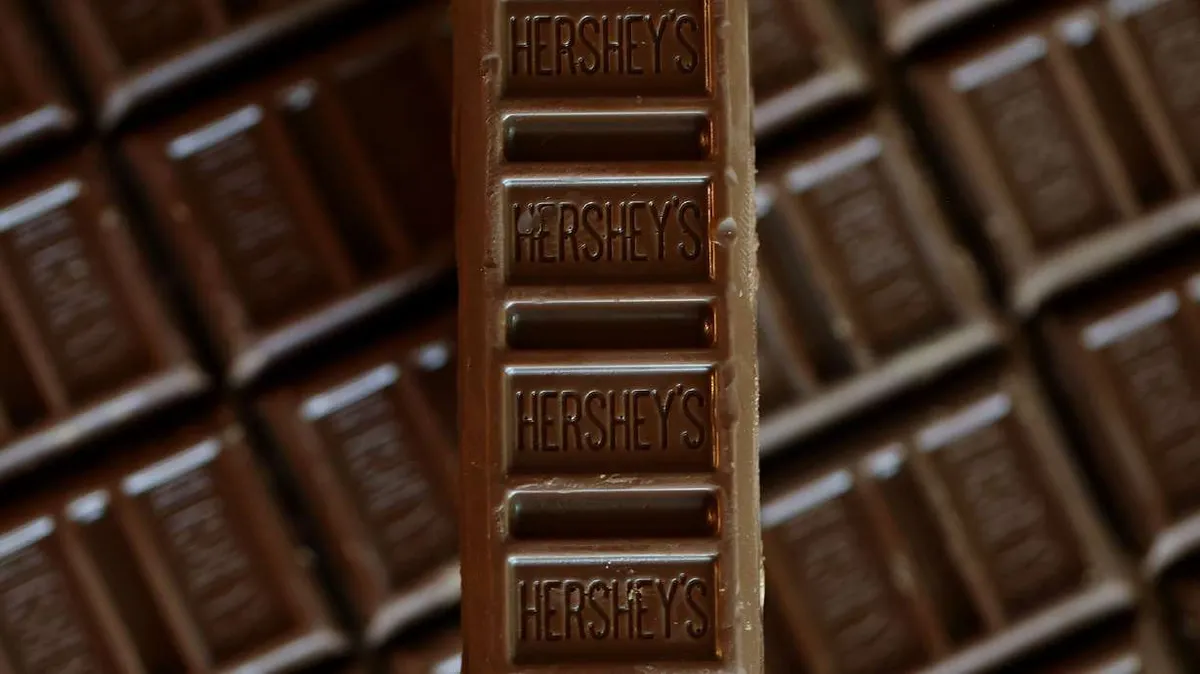
NEW YORK — Fans of Kit Kat bars and Reese's Peanut Butter Cups should brace themselves for a price increase. Hershey has informed its retail partners that it will be raising prices on its chocolate products by a percentage in the lower double-digit range. This announcement was confirmed by a company spokesperson in a recent statement to CNN. The primary reason for this price hike? Soaring cocoa prices.
According to a report by Bloomberg, cocoa futures have skyrocketed by an astonishing 178% in 2024, following a 61% increase in 2023, based on data from FactSet. This dramatic rise can be attributed to the fact that Ghana and Ivory Coast, which together produce nearly 60% of the world's cocoa, have experienced poor harvests. These unfavorable conditions have been exacerbated by climate change, leading to significant production challenges.
A study led by Maximillian Kotz from the Barcelona Supercomputer Center revealed that a heat wave in early 2024 caused temperatures in these regions to rise by an alarming 4 degrees Celsius, directly impacting cocoa yields. Consequently, cocoa prices surged by 280% that April, with current trading rates hovering around $8,156 per metric ton. While this value is 30% lower than the record high of $12,646 per metric ton recorded in December 2024, it remains significantly elevated compared to two years ago.
Hershey clarified that the upcoming price increase is not influenced by tariffs or trade policies. During its earnings call in May, the company projected an additional $15 million to $20 million in tariff costs for the second quarter of the year. Instead, the price adjustments reflect the reality of escalating ingredient costs, particularly the unprecedented rise in cocoa prices.
“For years, we’ve worked hard to absorb these costs and continue to make 75% of our product portfolio available to consumers for under $4.00,” stated a Hershey spokesperson. The company also plans to adjust its price pack architecture, a strategy that involves reducing the quantity of product in each package, commonly known as shrinkflation. This approach aims to mitigate the impact of direct price increases while maintaining consumer perception of value.
In addition to Hershey, other chocolate manufacturers are also feeling the pinch. Swiss chocolatier Lindt announced in 2024 that it has raised its prices and anticipates further increases into 2025. This trend reflects a challenging market characterized by record-high cocoa costs, substantial price hikes, and weakened consumer sentiment.
As consumers navigate these changes in pricing, the chocolate industry continues to adapt to the challenges posed by rising ingredient costs and shifting market dynamics. The price increases from Hershey and other chocolate manufacturers highlight the broader implications of climate change on agricultural production and consumer goods.